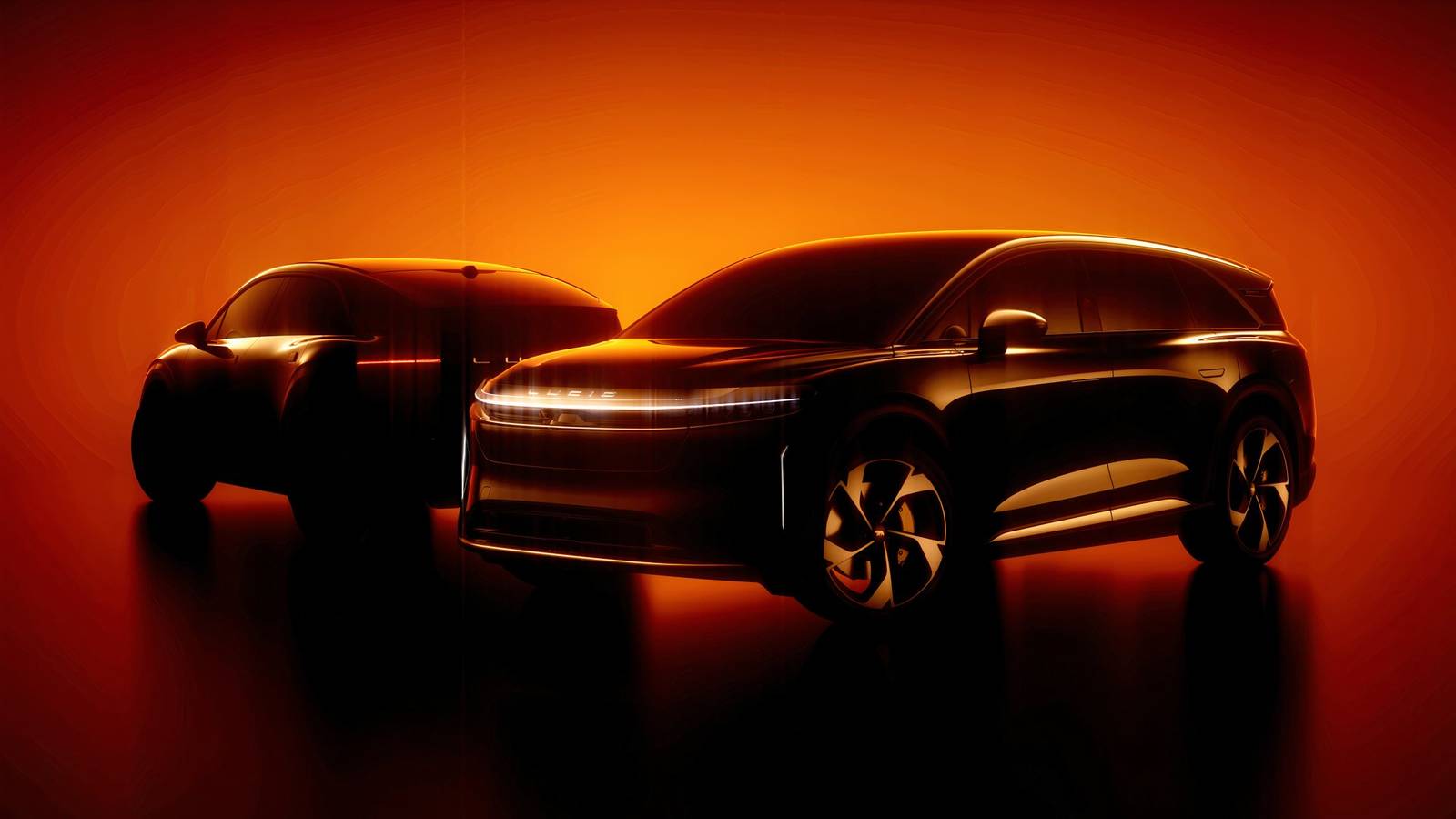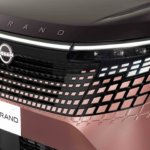Dan Mihalascu is an accomplished automotive journalist with over two decades of automotive media work both internationally and in his home country of Romania.
He holds a bachelor’s degree in journalism from Lucian Blaga University of Sibiu, and he has reviewed (sometimes even raced) cars for most of his professional life.
Prior to joining HotCars.com in July 2025, Dan worked as a news writer and editor for InsideEVs.com, CarScoops.com and Autoevolution.com. He also has bylines at DriveMag.com and ConsumerAffairs.com, among other international media outlets.
In Romania, he wrote for car magazines, sports newspapers and even a TV news station.
Writing and cars aside, he loves reading, cycling, hiking and spending quality time with his family.
Lucid Motors has announced its intention to deliver the first Level 4 autonomous electric vehicles for private buyers together with American tech giant Nvidia. The California-based EV maker plans to offer the industry’s first ‘mind-off’ Level 4 tech by integrating the Nvidia Drive AV platform in its future midsize vehicles.
The press release is accompanied by a new teaser image that shows the Lucid Gravity large SUV alongside a smaller model, likely the future crossover EV that’s expected to start under $50,000. The new model will compete with the likes of the Tesla Model Y, Ford Mustang Mach-E, Chevy Equinox EV, Hyundai Ioniq 5, among other electric crossovers.
The image reveals a fastback-style rear end, thick C-pillars, muscular rear haunches and a high rear hatch window that drops abruptly. For all we know, the window may be split in two sections, with a vertical section joining the upper one at the seam, but it’s hard to say for sure if that is the case given the dark photo.
Lucid’s midsize EV is expected to be built at the company’s AMP-2 plant in Saudi Arabia from late 2026. The EV maker previously told Carbuzz that the new mid-sized platform will also spawn two more models, including a more rugged SUV in the vein of the Gravity X concept. The third one remains a mystery for now, but a sedan rivaling Tesla’s Model 3 looks like the most obvious option at the moment.
Back to the autonomous driving announcement, Lucid said the collaboration with Nvidia will enable it to deliver one of the world’s first privately owned passenger vehicles with Level 4 autonomous driving capabilities made possible by the Nvidia Drive AV platform. Lucid’s new roadmap will begin with eyes-on, point-to-point driving (L2++) for the Gravity SUV and the company’s upcoming midsize vehicles, followed by the first true eyes-off, hands-off and mind-off (L4) consumer-owned autonomous vehicle.
To make Level 4 autonomous driving possible, Lucid’s midsize vehicles will use Nvidia’s multi-sensor suite architecture, including cameras, radar and LiDAR. The enormous computing power needed to pull this off will come from two Nvidia Drive AGX Thor accelerated computers, running on the safety-assessed Nvidia DriveOS operating system.
“We’re taking the next step by combining cutting-edge AI with Lucid’s engineering excellence to deliver the smartest and safest autonomous vehicles on the road. Partnering with NVIDIA, we’re proud to continue powering American innovation leadership in the global quest for autonomous mobility.”
Marc Winterhoff, Interim CEO of Lucid
Nvidia’s next-generation AI computing platform, with its centralized architecture and redundant processors, will unify all automated driving functions. The scalable software-defined architecture will also allow Lucid to keep its vehicles up to speed with the latest innovations through continuous over-the-air software updates.
Lucid’s first step toward autonomy began with its in-house developed DreamDrive Pro system, the company’s first advanced driver assistance system that launched on the Lucid Air sedan in 2021. Recently, the ADAS system was upgraded with hands-free driving and hands-free lane change capabilities through an over-the-air software update. New automated driving features will be added to Lucid Gravity through the partnership with Nvidia.
“As vehicles evolve into software-defined supercomputers on wheels, a new opportunity emerges — to reimagine mobility with intelligence at every turn. Together with Lucid, we’re accelerating the future of autonomous, AI-powered transportation, built on Nvidia’s full-stack automotive platform.”
Jensen Huang, founder and CEO of Nvidia
Autonomy aside, Lucid said it would leverage Nvidia’s Industrial AI platform to enter a new era of software-driven manufacturing. The company is implementing predictive analytics, intelligent robotics, and real-time process optimization to unlock next-generation manufacturing efficiencies. These innovations will enable reconfigurable production lines, enhanced quality control, and help support scaling operations, resulting in reduced costs and accelerated delivery. For example, Lucid can optimize robot path planning, improve safety and shorten commissioning time by modeling autonomous systems.
Ultimately, Lucid aims to deploy a unified AI factory to build smart factories and transform their enterprise, leveraging Nvidia Omniverse and Nvidia AI Enterprise software libraries.
We want to hear from you! Share your opinions in the thread below and remember to keep it respectful.
Your comment has not been saved
This thread is open for discussion.
Be the first to post your thoughts.













